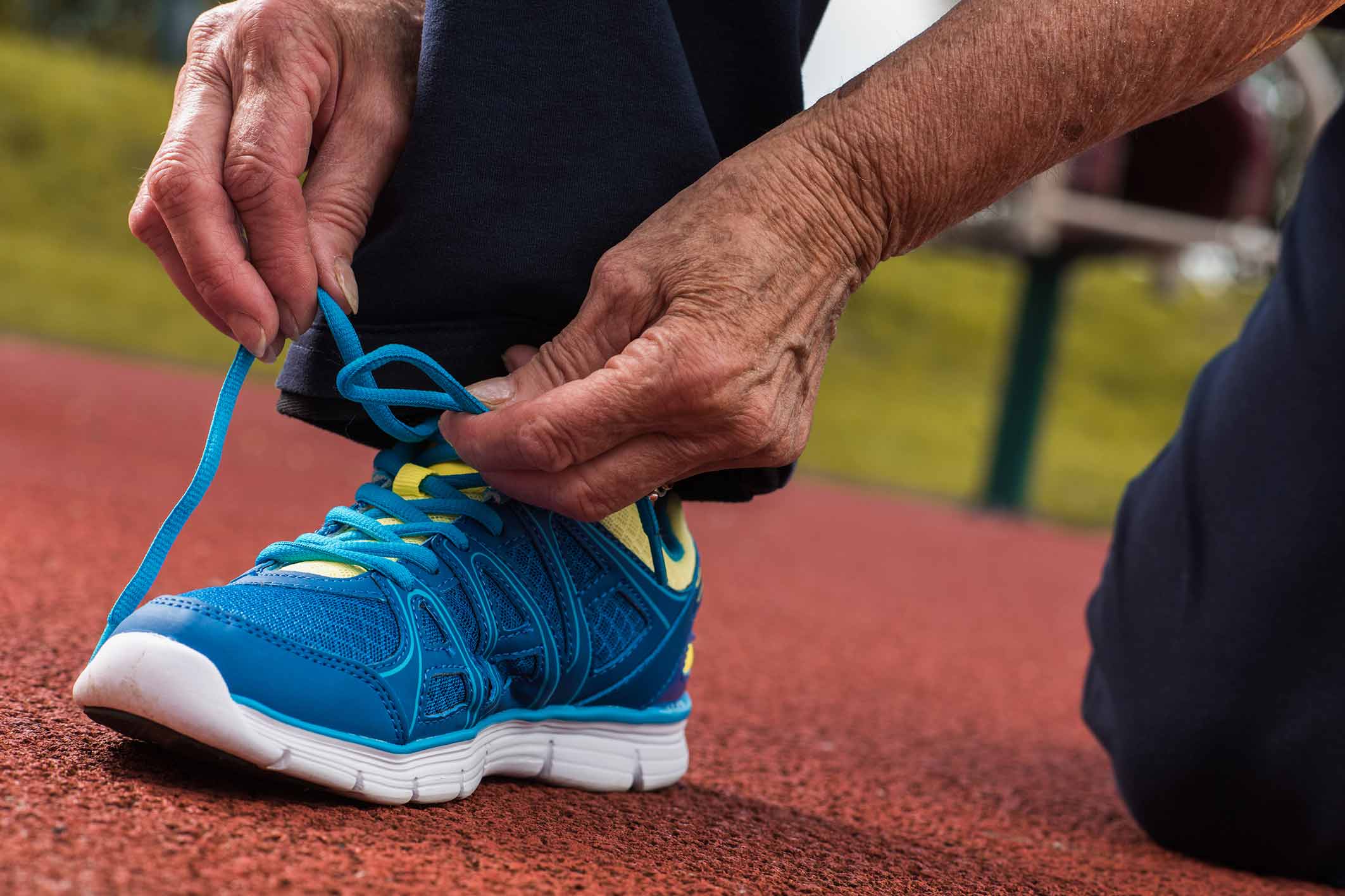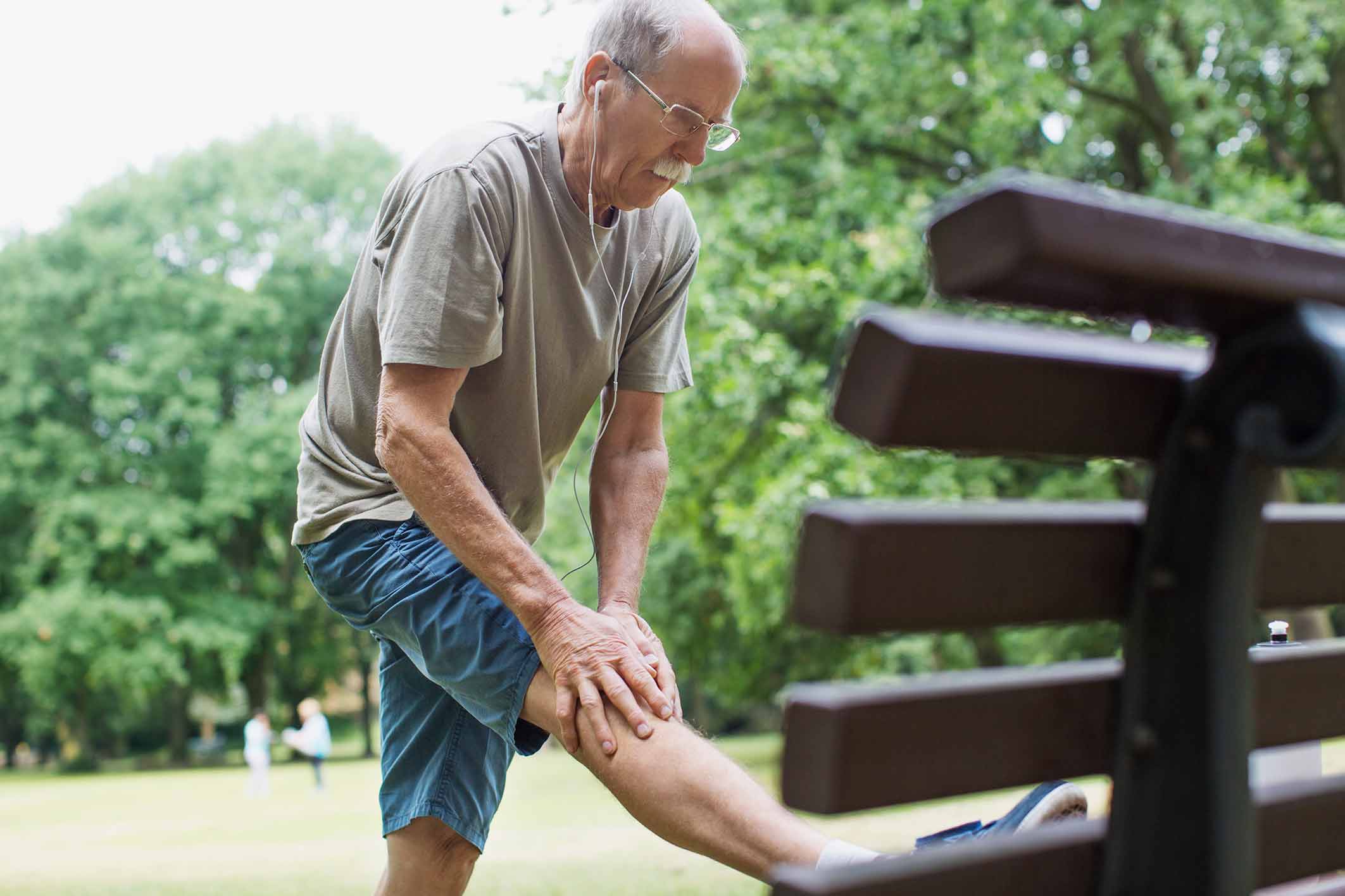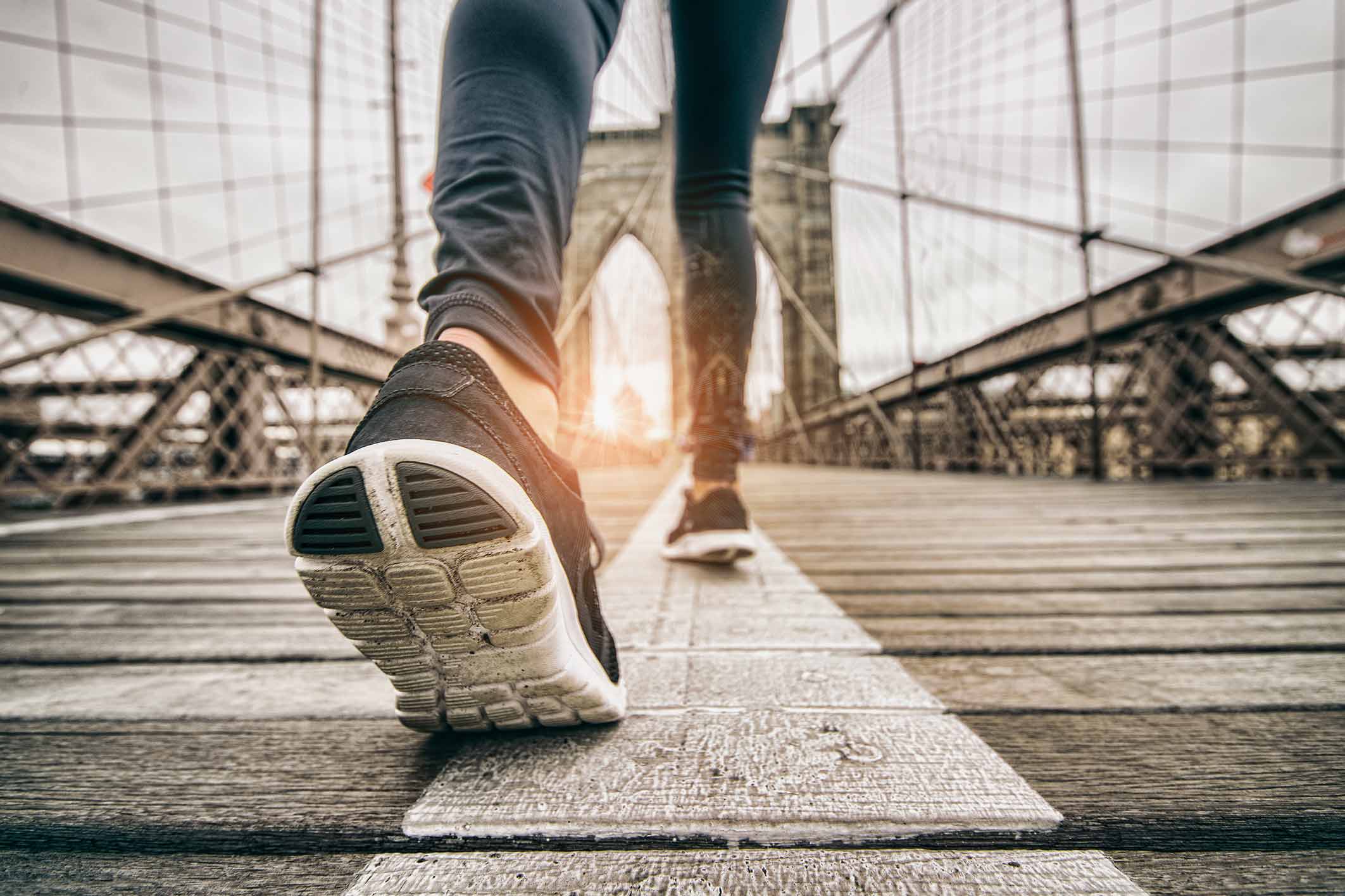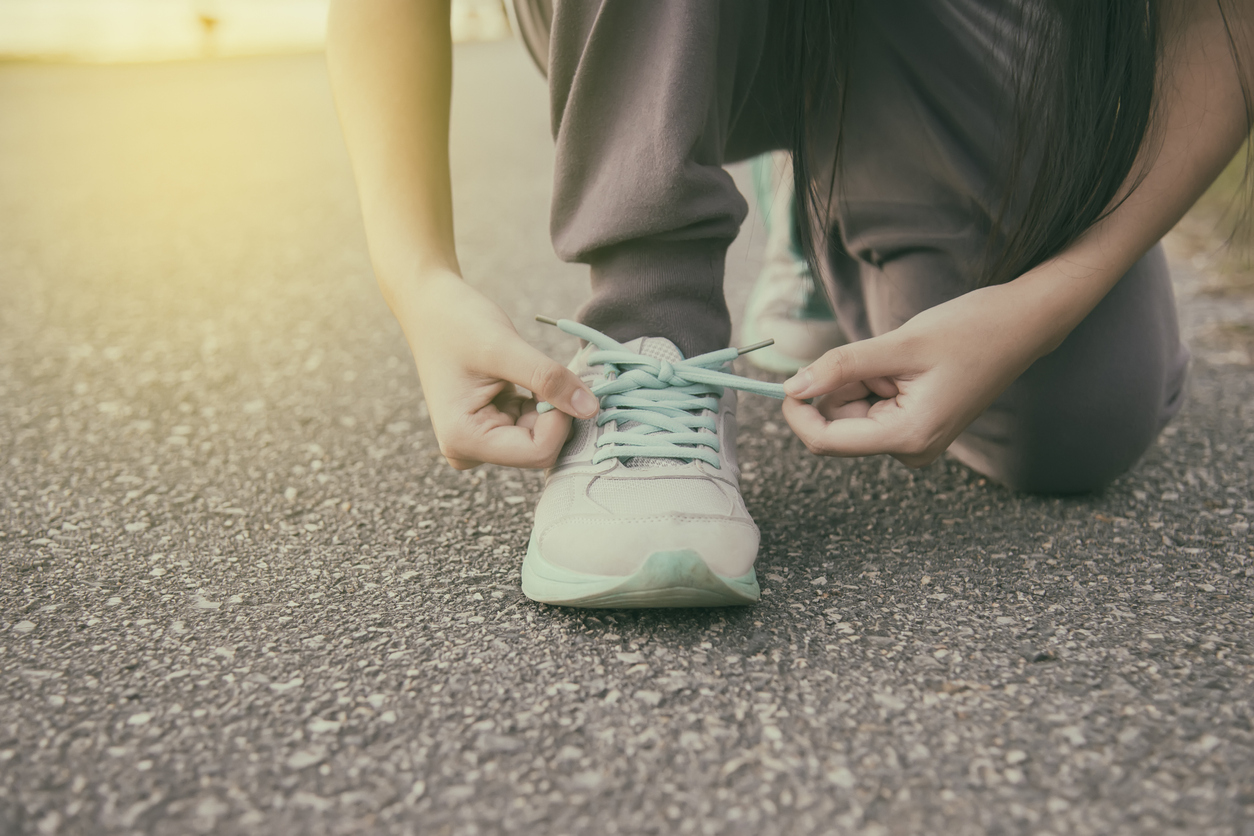Wellness
10 Tips for Walking with Chronic Pain

Walking is one of the least expensive and easiest forms of exercise. It only requires a pair of sneakers, a place to walk, and the motivation to begin. Once a walking exercise routine is established, the length and intensity of walks can be modified based on individual goals and abilities.
Ten simple tips for an effective walking workout routine include the following:
Talk to a health care professional

Consulting a health care provider to be sure that walking will not worsen chronic pain is important. While studies show that walking can substantially lessen the intensity and frequency of pain episodes, talking with a health care provider before beginning any new exercise regimen is recommended.
Invest in a good pair of walking shoes

A good pair of walking shoes is essential. They should fit appropriately and support the feet and legs during exercise. Walking sneakers should have good arch support and a slightly raised heel that adds support and prevents wobbling while walking.
Warm up the muscles

Warming up the muscles with a slow five-minute walk prior to engaging in a longer brisk walk helps prevent injury.
Watch breathing and heart rate

Take note of breathing and heart rate. While the heart rate should be elevated to gain cardiovascular benefits, carrying on a conversation while walking should not be difficult. If it is, the intensity of the workout should be decreased.
Focus on good posture

Maintaining good posture while walking is important. The toes should point straight ahead, the head up, back straight and abdominal muscles engaged. The elbows should be bent at a ninety-degree angle and the arms should swing with each step.
Count steps

A pedometer will track the number of steps taken or the distance walked. This will help monitor improvement and encourage motivation.
Buy a wearable fitness tracker

Wearable fitness trackers count steps and allow for friendly competitions among friends, which can offer extra motivation.
Drink water

Keeping hydrated is important, especially if walking long distances or in high temperatures. In very hot weather conditions, replenishing electrolytes with tablets or fitness drinks is a good idea.
Apply sunscreen when outside

Wearing sunscreen, a hat and sunglasses when exercising outside protects the skin from sun damage.
Select a new route

Varying the walking route helps prevent boredom. Once the body is acclimated to the amount of time and distance walked, considering a route with some hills or terrain changes will keep it interesting.


















